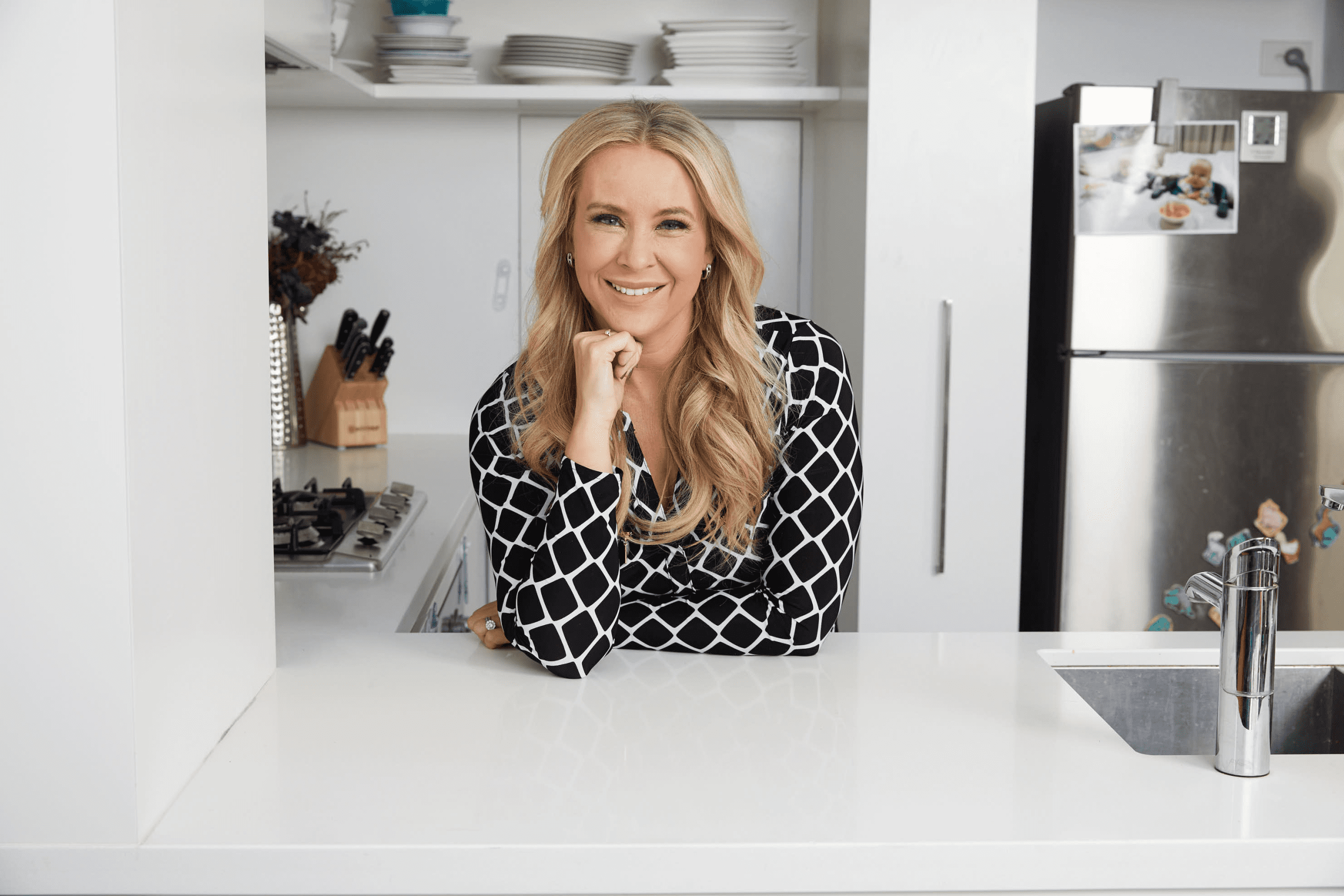Finding the time and motivation to cook healthy, nutritious meals that everyone will enjoy is one of the biggest challenges faced by families today. Busy work schedules, extracurricular activities, and social commitments can often lead to meal planning falling by the wayside, resulting in unhealthy food choices and a lack of variety in the diet. Susie Burrell shares her secrets for ensuring family meals are not only healthy but easy to plan and cook.
However, this doesn’t have to be the case. Meal prepping can save time and money by simplifying weekday meal preparation and avoiding last-minute takeout orders. With meal prepping it’s possible to create a meal plan that is both nutritious and delicious, while still catering to the taste buds of every member of the family. Adding healthy and versatile proteins to the mix makes it easy to add variety and flavour to your meals, while also reaping the numerous health benefits.
As a busy mother and dietitian, Susie Burrell understands the struggles families face in creating meals that are both nutritious and appealing to everyone. That’s why she’s here to share her tips on how to create a meal plan that your family will love, complete with a mouth-watering salmon recipe that’s sure to be a hit.
Step 1: Assess Your Family’s Nutritional Needs
Before making a meal plan, consider your family’s nutritional needs. Take into account dietary restrictions, allergies, and preferences, as well as age, gender, and activity levels.
Focus on key nutrients that promote good health, like omega-3 fatty acids found in fatty fish, nuts, seeds and oils. Vitamin D is vital for healthy bones, teeth and immunity, which can be obtained from fatty fish, fortified foods or sunlight. Ensure protein intake with lean meats, fish, beans, nuts and dairy. Including these nutrient-rich foods in your family’s meals and snacks will keep them feeling satisfied and provide essential nutrients. Try adding fatty fish like salmon for a boost of flavour and omega-3s.
Schedule a weekly meal planning session on a relaxing day, like a Sunday afternoon, to make a plan that suits everyone’s nutritional needs and preferences.
Step 2: Choose Your Recipes
When selecting your recipes, it’s important to choose a variety of dishes to keep meals interesting and enjoyable. Consider selecting recipes from different cuisines or cultures, and including a mix of proteins, vegetables, and grains.
When planning your meals for the week, it’s helpful to consider themes or categories. For example, you could plan a meatless Monday, taco Tuesday, or salmon Sunday. This can make meal planning more fun and engaging for the whole family.
In addition to variety and themed weeks, it’s important to choose recipes that fit into your schedule. Look for recipes that can be made in advance, require minimal prep time, or can be cooked in bulk to save time during the week. It’s also helpful to choose recipes that use ingredients you already have on hand, to save money and reduce waste.
Step 3: Make a Shopping List
Making a shopping list is crucial for meal planning. Start by taking inventory of what you have in your pantry and fridge to avoid buying unnecessary ingredients and inspire new meal ideas. Write down the exact amount of each ingredient you need and group them by category for easy shopping.
When making your shopping list, be sure to write down the exact amount of each ingredient you’ll need, so you don’t end up with too much or too little. Checking for sales and coupons before heading to the store can also help save money on your shopping bill. Susie’s top tip is to consider purchasing products that offer convenience, such as Tassal’s Tasmanian Smoked Salmon 100g twin pack. This particular product includes a perforated line, making it easy to split the contents for school lunches or multiple meals throughout the week. Incorporating such enjoyable and practical products into one’s routine can help save time on meal preparation and provide more quality time with family.
Step 3: Prep Ahead of Time
Prepping ahead of time not only saves time and stress during the week, but it can also be a great way to ensure that you stick to your meal plan. When you have healthy ingredients prepped and ready to go, it becomes much easier to resist the temptation of fast food or takeout. Plus, having a variety of ingredients prepped in advance can help you to mix and match flavours and textures, making your meals more interesting and enjoyable.
When prepping ahead of time, it’s important to think about how long each ingredient will last. For example, some vegetables, like carrots and celery, can be chopped a few days in advance, while others, like avocado and tomato, should be prepped the day of use to prevent spoilage. Grains and legumes can typically be cooked in larger batches and stored in the fridge or freezer for quick use throughout the week. When prepping meats, it’s important to follow food safety guidelines and make sure that they are stored in the fridge or freezer at the proper temperature.
Step 5: Mix it Up
Variety is key to keeping meals interesting and enjoyable, and it can also help ensure that you are getting a balanced and nutritious diet. Including a variety of fruits, vegetables, proteins like salmon, and grains in your meals can provide your body with the essential nutrients it needs to function properly. Additionally, trying new recipes and ingredients can help you discover new favourite foods and cooking techniques, making mealtime a more exciting and enjoyable experience.
Mixing up your meals can also help you avoid boredom and burnout with your diet. Eating the same meals every day can quickly become monotonous and lead to unhealthy food choices. By trying new recipes and experimenting with different ingredients, you can keep your meals interesting and satisfying.
You may also find that mixing up your meals can help you stick to your healthy eating goals by providing a sense of variety and satisfaction that can help you avoid cravings and overeating. So don’t be afraid to mix it up and try something new in your meal planning!
Recipe by Susie for Salmon Sunday
Susie Burrell’s Tassal Salmon And Roasted Veg Tray Bake
INGREDIENTS
4 Tassal Fresh Tassie Salmon Fillets, skin off
2 tbsp extra virgin olive oil
1 leek, halved and sliced
1/3 cup light cooking cream
1 tbsp capers
1/3 cup hot water
1 tbsp chopped chives,
plus extra to serve
2 cups pumpkin, chopped
2 spud lite potatoes, chopped
1 large zucchini, chopped
10 small truss tomatoes
Fresh dill, to serve
METHOD
- Preheat oven to 200C.
- Place pumpkin, potatoes, zucchini, and tomatoes in a large baking dish. Drizzle with 1 tbsp oil. Bake for 25 minutes.
- While the vegetables cook, make the leek sauce. Heat a large fry pan on medium-high heat. Add remaining oil and sauté for 5 minutes. Add cream, capers, and boiling water. Once boiling turn off heat and stir through chives. Remove from the stove.
- Remove the vegetables from the oven and place salmon fillets on top. Cover with leek sauce and return to the oven for 10 minutes.
- Remove from oven, top with fresh chives and dill. Serve hot.
Disclaimer: This article provides general information only, and does not constitute health or medical advice. If you have any concerns regarding your physical or mental health, seek immediate medical attention.








